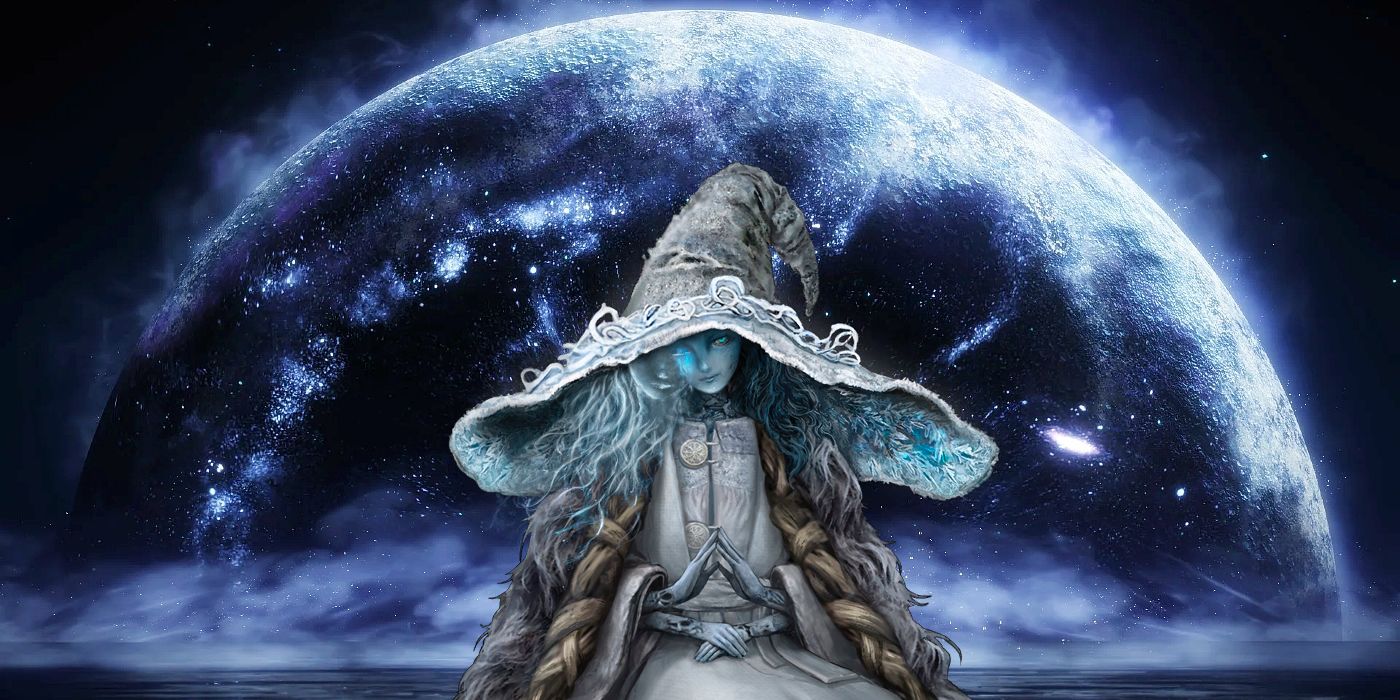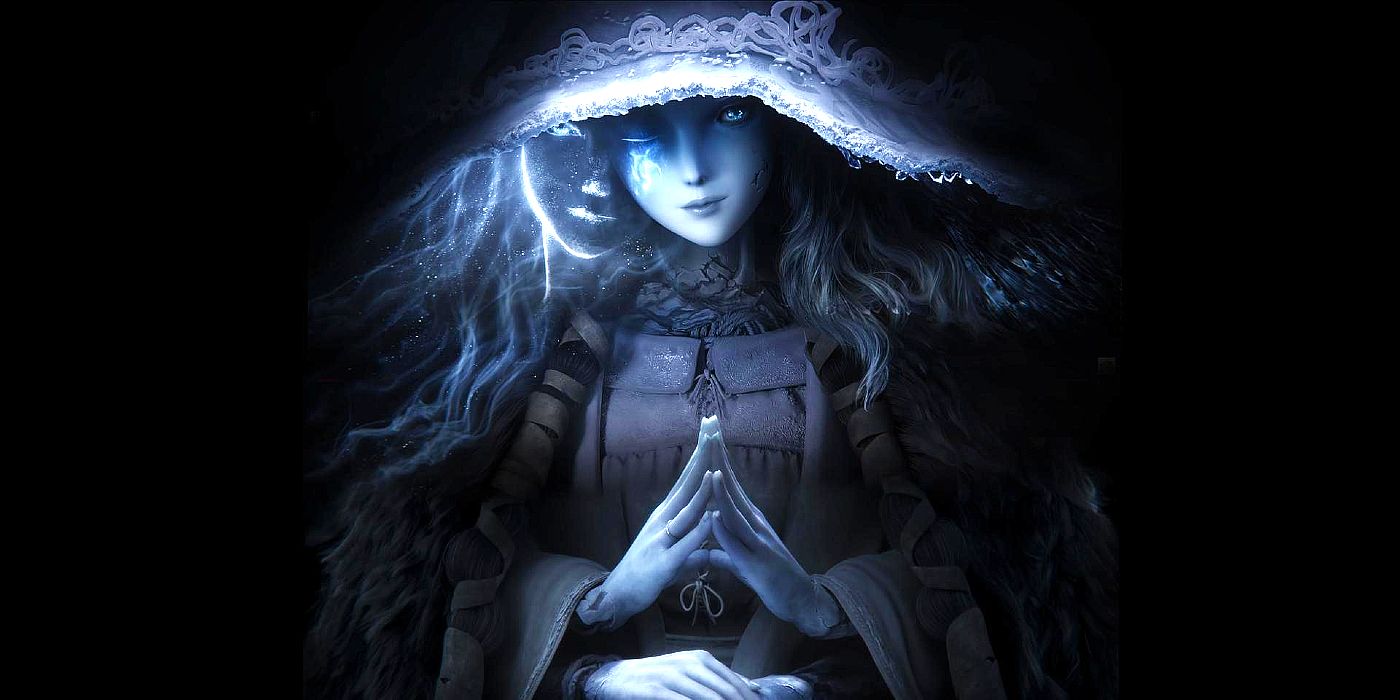Elden Ring has six endings, and Ranni’s Age of Stars is the only true “good” ending, morally speaking. FromSoftware is known for creating ambiguous and open-ended conclusions for its games, but Elden Ring is an exception. The game’s other endings are interesting and well-conceived, but they don’t paint the best picture of the player Tarnished, nor anyone involved in them. On the other hand, Ranni's ending seems to set her up as the hero or savior of the Lands Between.
[Warning: The following article contains spoilers for Elden Ring.]Ranni the Witch, is one of Elden Ring’s most complex characters. Her intentions aren’t immediately apparent and can seem somewhat ominous at times. This is made more difficult by some potential translation issues in Ranni’s Elden Ring dialog. After her quest line is completed, she explains her intentions, telling the Tarnished, "Mine will be an order not of gold, but the stars and moon of the chill night. I would keep them far from the earth beneath our feet. As it is now, life, and souls, and order are bound tightly together, but I would have them at a great remove." In the Japanese translation, Ranni’s intentions are even more explicit; she seems to care more for the Lands Between's well-being, something most Elden Ring characters lack.
According to Frontline Gaming Japan, Ranni’s quote in the Japanese version reads, “Even if life and souls are one with [my] order, it could be kept far away. If it was not possible to clearly see, feel, believe in, or touch the order. That would be better.” Ranni’s Age of Stars Elden Ring ending establishes free will for the residents of the Lands Between by removing the interference of Outer Gods like the Greater Will. This is rather different from the outcome of the other endings. The opposite of the Age of Stars ending is the Lord of Frenzied Flame ending, which sees the Tarnished becoming the Lord of Chaos and burning the world to the ground. This is clearly the bad ending, as even Melina, the Tarnished’s companion throughout Elden Ring, warns against taking this path. The other four endings are just variations of each other. All of them seemingly continue the influence of the Greater Will as they preserve the current power structure of an Elden Lord reigning over the Lands Between. The Fracture, Order, Despair, and Duskborn Elden Ring endings occupy a moral middle ground between the Lord of Frenzied Flame and the Age of Stars.
Elden Ring’s World Is Only Helped By Ranni’s Age Of Stars Ending
After surviving the journey through the Lands Between, it’s clear that some change is required to repair the world’s broken state. The endings give the Tarnished a chance to do just that. The Age of Fracture is the most straightforward ending to achieve, but choosing this ending seems to have little to no impact. It implies that the world will continue to crumble. The Age of Order ending may seem reasonable, but it may only continue the cycle that brought the Lands Between to its current state. The Dung Eater’s Elden Ring ending, called the Blessing of Despair, is one of the worst endings, as the world continues as it was with the addition that everyone is now cursed for eternity. The Age of Duskborn restores a natural life and death cycle by eliminating the ability for eternal life, but that doesn’t begin to solve the world’s problems.
As previously mentioned, the Lord of Frenzied Flame ending stands out as the worst because destroying the world isn’t ever the best moral option. That leaves Ranni’s Age of Stars ending, which gives the people of the Lands Between the ability to decide how their world should function without the pervasive influence of the Outer Gods, which is the best option available in Elden Ring.
Source: Frontline Gaming Japan


